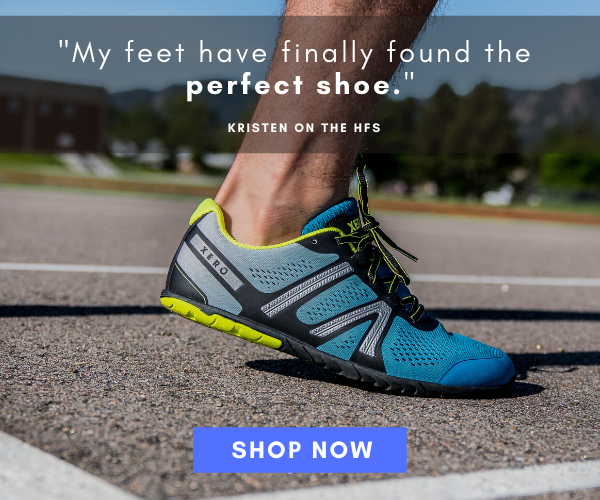Understanding the Evolution of Footwear
To truly grasp the debate between Xero Shoes and traditional footwear, let’s journey through the evolution of shoes. From ancient civilizations to modern trends, our relationship with footwear has transformed. But have these changes truly been for the better?
Benefits of Barefoot Shoes: Natural Movement, Happy Feet
Let’s delve into the details. Barefoot shoes, such as those crafted by Xero Shoes, reintroduce us to the concept of natural foot movement. Unlike traditional shoes that often constrain our feet into unnatural positions, barefoot shoes allow your toes to stretch and flex as they should.
My own experience with barefoot shoes was eye-opening. The unrestricted toe space felt like a breath of fresh air for my feet. This spaciousness is about more than just comfort; it’s about biomechanics. With each step, your feet better absorb impact, thanks to the innate arch support provided by your feet.
Here’s just a few of the benefits of barefoot shoes:
- Natural Foot Movement: Barefoot shoes allow your toes to spread and flex naturally, promoting a more natural and healthier gait.
- Improved Biomechanics: The minimalist design of barefoot shoes supports proper arch function and encourages a more efficient stride.
- Enhanced Balance: Thin, flexible soles in barefoot shoes improve proprioception, enhancing your sense of balance and spatial awareness.
- Stronger Foot Muscles: Barefoot shoes engage and strengthen the muscles in your feet and lower legs, supporting overall foot health.
- Better Posture: By encouraging a more natural posture, barefoot shoes can help alleviate issues caused by traditional shoe-induced posture problems.
- Reduced Joint Impact: The natural shock absorption of your feet, combined with the thin sole of barefoot shoes, reduces impact on joints during movement.
- Foot Health: Barefoot shoes can help prevent or alleviate common foot problems like bunions and plantar fasciitis.
- Increased Sensory Feedback: Feeling the ground beneath your feet enhances sensory feedback, improving your connection to your environment.
- Versatile Use: Barefoot shoes are adaptable for various activities like walking, running, and even certain sports, promoting a more active lifestyle.
- Transition to Natural Movement: Gradually transitioning to barefoot shoes helps your feet adapt to their natural movement patterns, minimizing discomfort.

Balancing Act: Posture and Proprioception
You know that moment when you accidentally step on an uneven surface? That’s your proprioception kicking in – your body’s ability to perceive its position in space. Barefoot shoes, featuring flexible soles, can significantly enhance this sense. It’s almost as if your feet become conversationalists with the ground, enhancing your balance.
As I gradually adopted barefoot shoes, I noticed a remarkable change in my posture. No more slouching; it was like my body was rediscovering its natural alignment. It’s intriguing how a simple change in footwear can influence the way we hold ourselves.
Strength in Every Step
Take a moment to appreciate the intricacy of our feet – a masterpiece designed to carry us through life’s adventures. Unfortunately, traditional shoes often weaken foot muscles and disrupt our natural gait. Barefoot shoes encourage our feet to reclaim their inherent strength and function.
My initial experience of walking barefoot on a sandy beach was transformative. It was as if my feet were reacquainting themselves with nature. Over time, my arches grew stronger, and the foot discomfort I had been enduring began to wane. It was a revelation that made me question the need for excessive cushioning.
The problem with Traditional Shoes: Toe Tales and Heel Woes
Traditional shoes, while fashionable, can come with their fair share of issues. A major concern is cramped toe space. Our toes deserve room to move, not to be confined. It’s a revelation I had when I looked at my old shoes and noticed how uncomfortably my toes were arranged.
And then there’s the matter of heels – not the fairy tale kind, but the elevated ones in shoes. While they might add height, they subtract from your overall posture and foot health. I recall the relief of switching from heels to flat shoes. Suddenly, walking felt more natural and less like a balancing act.
The Science is In
But don’t just take my word for it – science supports the benefits of barefoot shoes. Research underscores reduced joint impact, enhanced walking mechanics, and heightened foot strength. It’s almost as if our bodies are telling us, “This is how we were meant to move!”
Transitioning to Barefoot Shoes: One Step at a Time
Before you make the leap to barefoot shoes, remember that transitioning takes time. Think of it as introducing your feet to a healthier way of moving. Begin with short wear times and gradually extend them as your feet adjust. It’s like giving your feet a chance to rediscover their natural abilities.
As for choosing the right pair, my personal experimentation led me to Xero Shoes. Their commitment to minimalist design and quality materials won me over, and I haven’t looked back since.
Conclusion
As we conclude our exploration into the world of footwear, consider the profound benefits that barefoot shoes offer. The decision between Xero Shoes and traditional options isn’t just about style; it’s about prioritizing your health and well-being.
Eager to take the plunge? Discover the range of minimalist footwear available at Xero Shoes. If you’re curious to delve deeper into the realm of natural movement and health, feel free to connect with me on Instagram. Let’s chat about feet, movement, and the journey to a healthier you!







